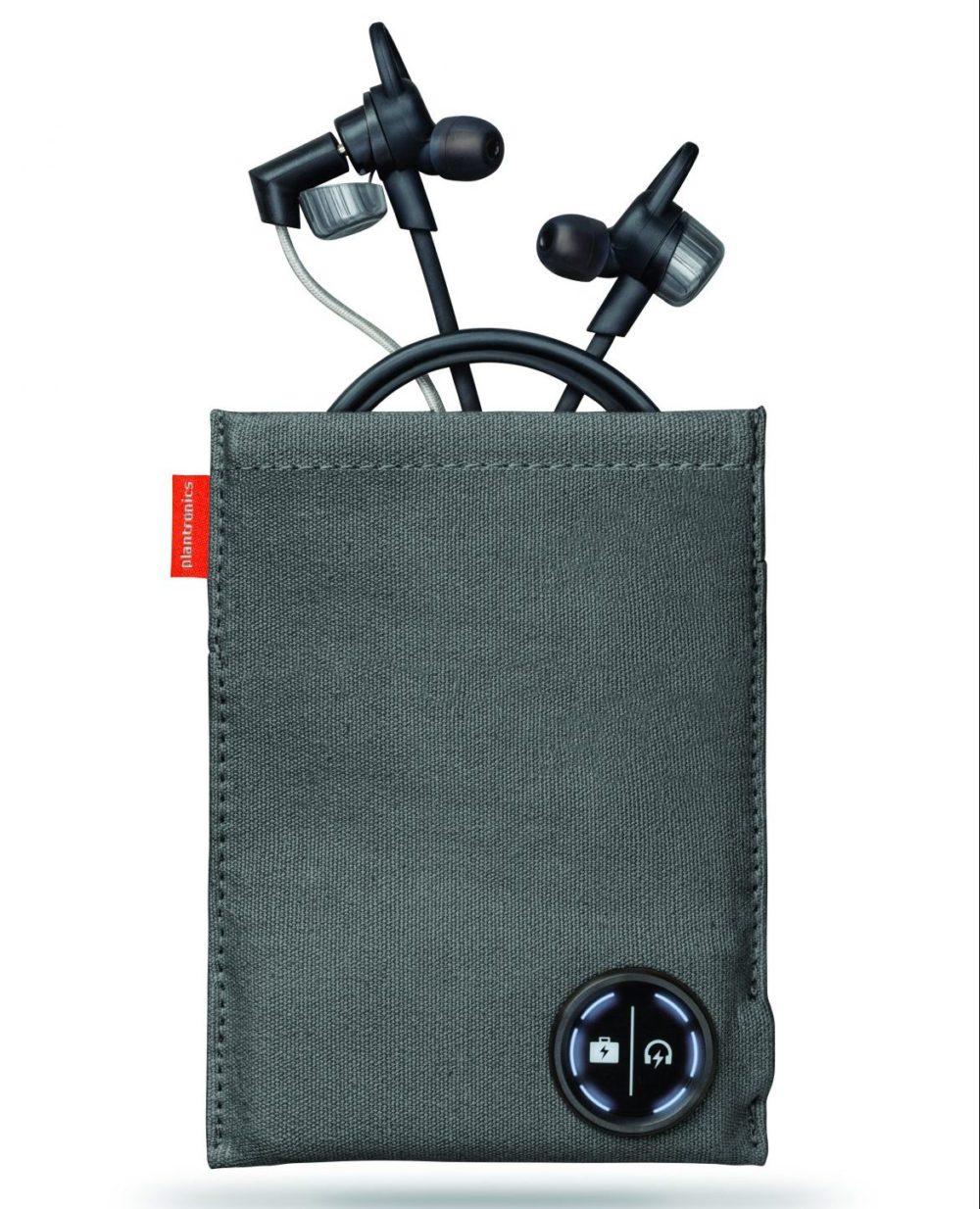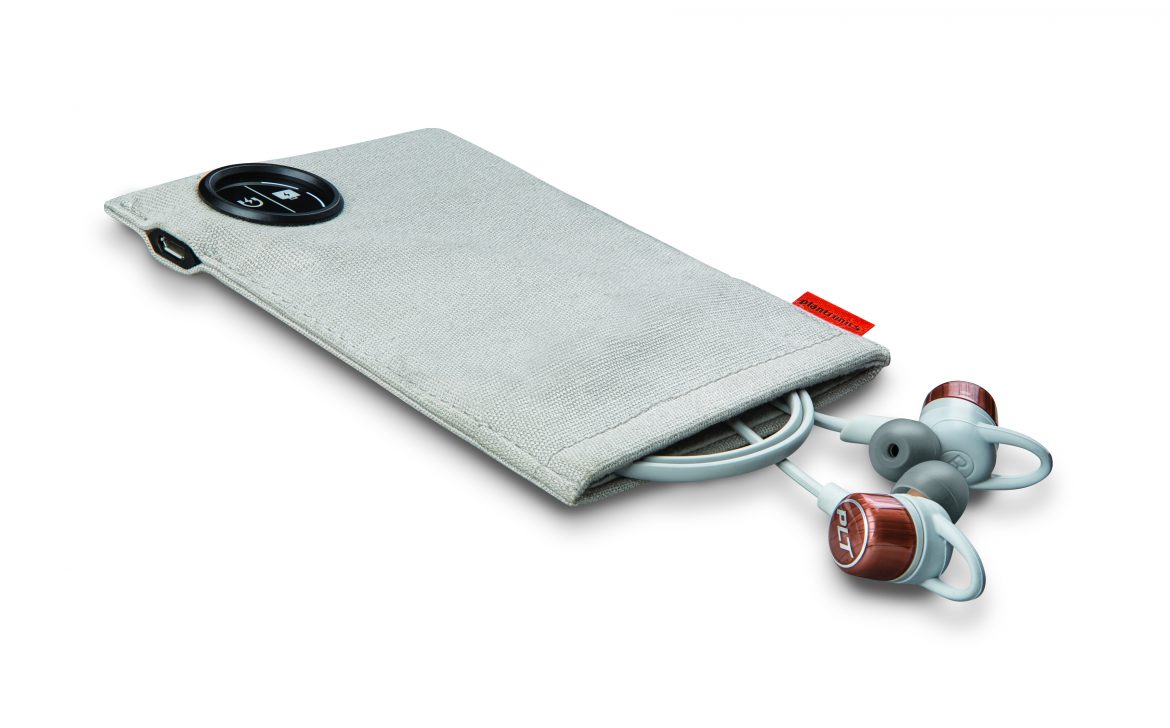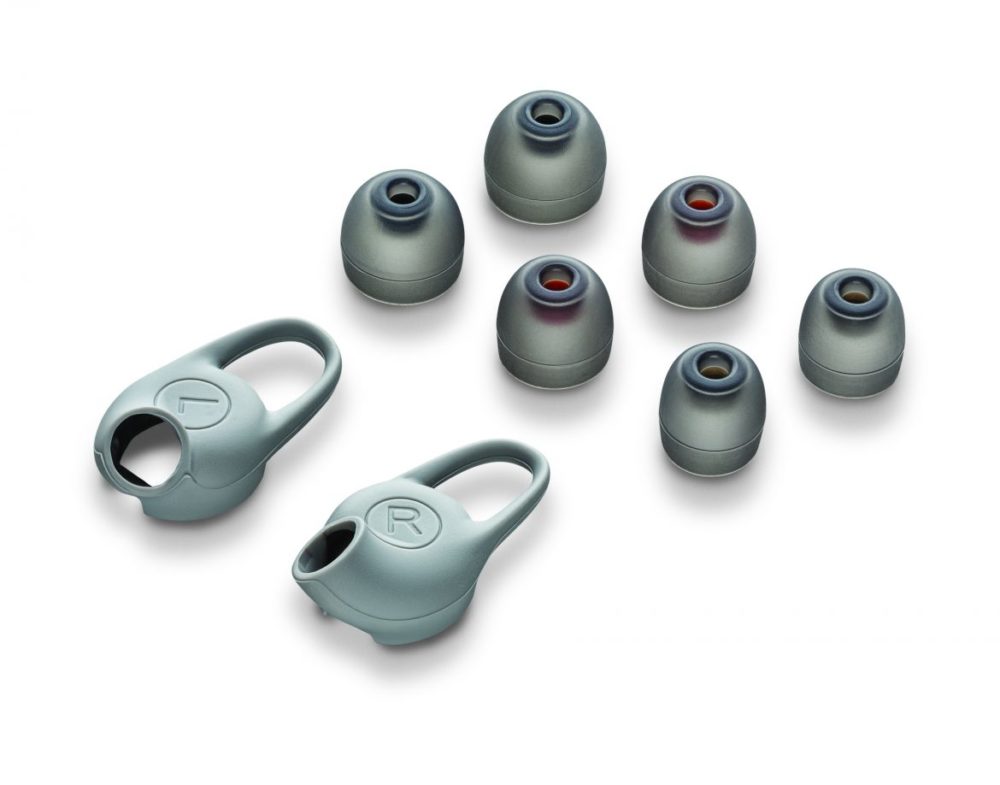TL;DR
Plantronics BackBeat GO 3 are wireless in-ear headphones with premium packaging, a charging case, and moisture resistance. While the design and convenience features are good, the lack of aptX support is a drawback for audiophiles. Audio quality is warm and balanced, with decent bass, but doesn't quite justify the higher price point for everyone. If portability and sweat resistance are key for your workouts, they're a solid option, but better audio fidelity might be found elsewhere at this price. Discover if these headphones are the right fit for you by diving into the full review!
American Plantronics has released several impressive products in recent years. The dated aesthetic of plasticky office and computer accessories has been replaced by robust, well-packaged, and high-performing products with a hint of premium design (“Designed in Santa Cruz, California”). The Plantronics BackBeat GO 3 are the in-ear headphones succeeding the BackBeat GO 2. With a significantly higher price point, it’s crucial to determine if the audio quality justifies the increased cost.
We briefly evaluated the BackBeat GO 3 in the spring of 2016, but the initial experience was underwhelming. Despite manufacturer claims of individual 3D modeling and enhanced bass, the headphones lacked low-end presence and didn’t offer a noticeable improvement over budget-friendly Asian headphones costing under 200 SEK. A manufacturing issue led to a product recall, preventing us from publishing a review at that time. Fortunately, the current iteration (2017) demonstrates substantial improvements. Note that any reviews from the previous year likely pertain to the recalled model.

The included rechargeable case is a practical addition.
The BackBeat GO 3 maintain Plantronics’ standard of premium packaging. Alongside a stylish carrying pouch, a charging case with a built-in battery is included, offering convenient on-the-go charging via the provided USB-mini cable. The wireless in-ear headphones feature innovative silicone eartips with a click-on mechanism, facilitating seamless size adjustments compared to traditional rubber sleeves. Selecting the largest comfortable eartip is important for optimal stability (especially during physical activity where slippage may occur) and enhanced bass response. The headphones are treated with P2i coating, providing resistance to minor moisture exposure, such as sweat. However, they are not suitable for swimming. A notable omission for headphones in this price range is aptX support, which enables higher resolution audio streaming via Bluetooth. While many high-end Android devices support aptX, iPhones currently do not, and the resulting improvement in sound quality is often significant.
Battery life is estimated at 6-8 hours, depending on volume levels. Charging is relatively quick via USB or the charging case, which provides approximately two full charges when fully powered. The headphones incorporate “wings” designed to secure them within the ear. However, given the variance in ear shapes, multiple wing sizes would likely improve the fit for a wider range of users, as some members of our team found the default wings insufficient for maintaining stability during movement.
In terms of audio performance, the headphones deliver a pleasant experience. The soundstage presents a warm and balanced profile, with reasonably defined treble and a generous, though not class-leading, bass response. The absence of aptX raises the question of its potential impact on overall audio quality. The BackBeat GO 3 rank among the better in-ear headphones we’ve tested, surpassing our previous budget reference headphones from Aukey (the aforementioned Asian headphones offering exceptional value). However, the BackBeat GO 3 are positioned in the upper mid-price segment, retailing between 900-1,300 SEK at the time of writing. For this price, the BackBeat Pro, an excellent over-ear headphone, becomes a viable alternative. The decision hinges on prioritizing functionality and portability versus optimal sound quality. If discretion and portability are paramount, particularly for activities like training, the BackBeat GO 3 represent a solid choice. However, audiophiles prioritizing audio fidelity may find better options within the on-ear category at a similar price point.


